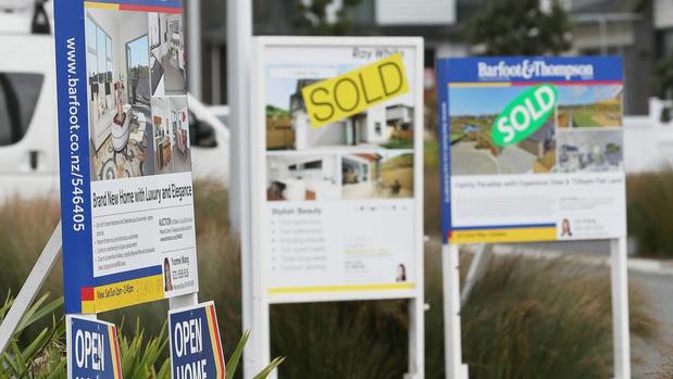
Home ownership in New Zealand continued to decline to the lowest level since 1951, with a 30-year decline hitting those in their 20s and 30s hardest.
Statistics New Zealand today released a grim new report, Housing in Aotearoa: 2020, drawing on information from the 2018 Census and other surveys, providing a detailed analysis of changing ownership and tenure trends, and the state of New Zealand's housing stock.
The report shows that the proportion of households that live in their own home declined only slightly between 2013 and 2018, to 65 per cent.
While the decline over the five-year period was only marginal, suggesting home ownership rates are stabilising, the slide continued a trend which started in 1991, when 74 per cent of households lived in their own home.
The trend was also far steeper for those in their 20s and 30s, which could point to the trend continuing, as more families are unable to ever own a home.
In 1991, 61 per cent of people aged 25-29 lived in an owner-occupied home, a figure which has now fallen to 44 per cent.
Statistics New Zealand said the proportion of 25- to 29-year-olds living in an owner-occupier home actually climbed between 2013 and 2019. This was likely to be a combination of both increased assistance from KiwiSaver withdrawals, and the fact that young people are living at home longer.
For those in their late 30s, the decline was even greater. In 1991, 79 per cent of 35- to 39-year-olds lived in an owner-occupied home, but this had declined to 59 per cent by 2018.
Real estate sales data shows house prices continue to rise. Photo / File
"Home ownership rates for younger people have seen significant falls since the 1990s; however, ownership rates for those aged 60 years and over have only fallen slightly," the report's lead author, Dr Rosemary Goodyear said.
The decline varied by region, with Auckland showing the biggest decline, while in parts of the country, home ownership rates remain above 75 per cent. Ownership since 1991 has declined in every region.
Fewer owners, more renters
As home ownership has declined, renting has increased. At the time of the 2018 Census, 32 per cent of households were living in rented homes.
"Price indexes show that rents have risen in line with incomes nationally but have outstripped income growth in centres like Wellington and Auckland where markets are particularly competitive," Goodyear said.
Households that rent spend, on average, a higher proportion of their income on housing costs than people living in owner-occupied homes.
While Goodyear said housing costs were often very high for recent buyers, many home owners were unaffected because of the length of time they had been in the market.
The report also showed that rental properties were, on average "more likely to be smaller, older, and in need of major repair, and less likely to have double glazing than owned homes".
Although there was little difference in the amount of insulation, rented houses were more likely to have problems with mould and damp than owned homes, while renters were more likely to report problems with cold or the lack of efficient heating.
Dreams of homeownership are proving elusive for Kiwis. Photo / Getty Images
The report also gave a glimpse into the state of New Zealand's housing stock.
Around one in five people in New Zealand live in a house which is always or often too cold in winter, but the proportion among Pacific peoples is around two in five.
The report cited 28,000 homes across the nation to be always damp and always have visible mould, of which 11,400 were in Auckland.
While houses overall have become significantly larger over the decades, the amount of land has declined, especially for new housing in major cities over the past decade.
A third of houses built now have four or more bedrooms, compared with only a fifth in 1991.
Take your Radio, Podcasts and Music with you









